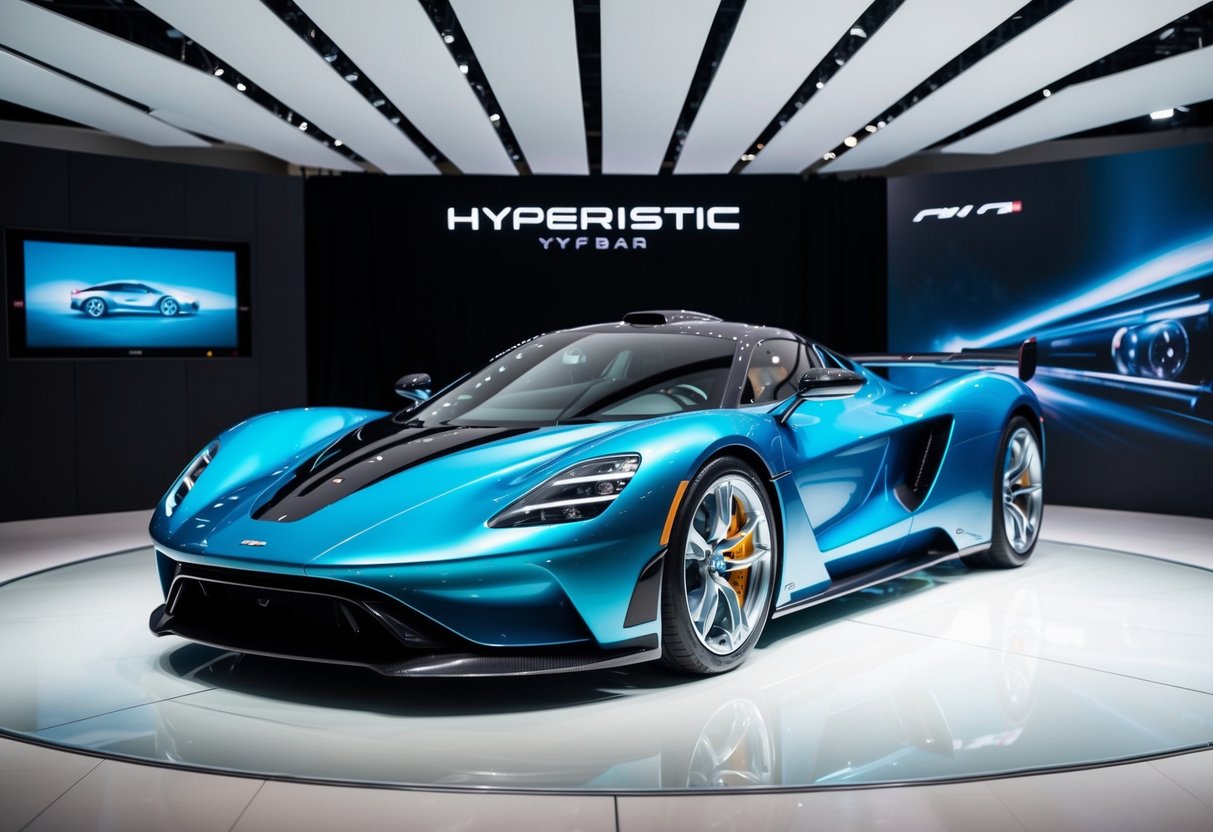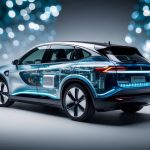
Future of Hypercars: Predictions and Trends
Hypercars of the future promise a thrilling combination of sustainable technologies and groundbreaking innovations. As the automotive industry evolves, hypercars will incorporate electric powertrains and advanced materials to deliver unparalleled performance and luxury.
Shifting towards a Greener Tomorrow
The future of hypercars is increasingly tied to environmental sustainability. Manufacturers are focusing on reducing carbon emissions by integrating electric motors with traditional combustion engines. The Koenigsegg Regera exemplifies this trend, using its hybrid system to achieve impressive speed while minimizing environmental impact. Electric hypercars are expected to gain prominence, offering both ecological benefits and exceptional performance.
The push towards greener hypercars also involves lightweight materials such as carbon fiber and titanium, improving efficiency without compromising speed. Advances in battery technology will enhance range and power in electric variants. Brands like Lamborghini’s Urus demonstrate the blend of eco-conscious design with luxury and performance, signaling a shift in how high-speed vehicles will contribute to a greener future.
Innovations That Will Redefine Tomorrow’s Hypercars
Innovative technology plays a crucial role in shaping the hypercars of tomorrow. Gordon Murray, renowned for his work in auto design, sets a benchmark with his focus on lightweight structures and aerodynamic efficiency. This approach enhances speed and performance while maintaining the balance of power and precision.
Automakers are integrating cutting-edge electronics and software, transforming driving experiences with autonomous features and intelligent systems. Connectivity improvements will allow hypercars to communicate seamlessly with infrastructure and other vehicles, ensuring safety and efficiency. The emphasis on innovation extends to customizability, allowing owners to tailor their vehicles to individual preferences, reflecting both aesthetic and functional aspects.
Continued advancements in aerodynamics, drivetrains, and smart technologies will ensure that future hypercars not only challenge conventions but also offer sustainable luxury and unmatched driving experiences.
The Role of Hypercars in Automotive Culture
Hypercars hold a significant place in the world of automobiles, symbolizing both personal achievement and pushing the boundaries of technology and design. These vehicles impact enthusiasts, influencing trends and setting new benchmarks in the industry.
Symbolism of Status and Success
Hypercars are more than just powerful machines; they represent a pinnacle of success and prestige. Owning a hypercar, such as an SF90 or a 296 GTB, often indicates reaching an elite status, becoming a reflection of individual achievement. Their eye-catching designs and pioneering technologies are as much about performance as they are about exclusivity.
For many, these cars embody material success, with their scarcity and high price tags emphasizing their status as a luxury item. This allure draws attention not only from car enthusiasts but also from those who appreciate the finer things in life. The distinctiveness of a hypercar becomes a statement of ambition and a testament to personal accomplishments.
Influence on Automotive Enthusiasts and Culture
The impact of hypercars extends far beyond their owners to the broader sphere of automotive culture. They set new standards for what is possible in terms of speed, design, and technological advancements, inspiring both supercar manufacturers and car enthusiasts alike. These vehicles often serve as benchmarks, motivating innovation and competition in the industry.
Hypercars like the SF90 and 296 GTB introduce cutting-edge features and design elements that eventually trickle down to more accessible models. They encourage dialogue and engagement within the car enthusiast community, fostering a passionate fanbase eager to discuss, analyze, and celebrate these feats of engineering. The influence of hypercars is significant, helping to shape tastes, preferences, and expectations in both current and future automotive landscapes.



